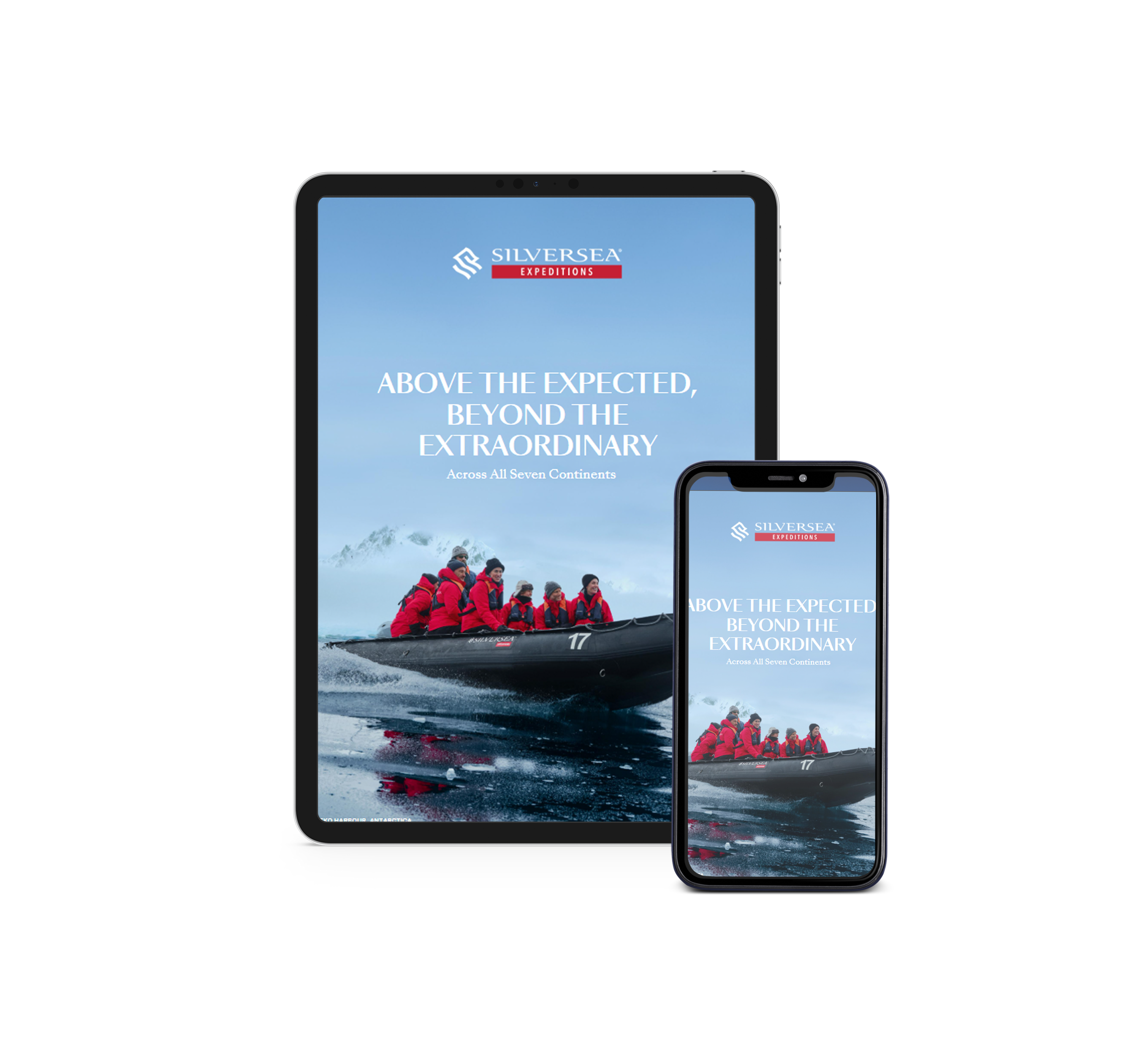CROISIÈRES ÎLES GALÁPAGOS
Un territoire sauvage loin de tout
TROUVEZ VOTRE CROISIÈRE
Des découvertes de la flore endémique aux moments de contemplation devant des panoramas bouleversants, cette région va changer radicalement l’idée que vous vous faites des voyages.
ÎLES GALÁPAGOS highlights
1 sur 5
Découvrez l’île de Fernandina. Fernandina est le volcan le plus intact des Galápagos. Elle abrite une importante population d’iguanes ainsi que des cormorans aptères et des manchots des Galápagos.
Silversea - Expéditions

Demandez gratuitement votre brochure des croisières aux Galapagos
Téléchargez notre brochure pour découvrir nos itinéraires immersifs et expériences uniques avec Silversea Expeditions.
Les experts qui font votre expédition
Nous avons réuni la meilleure équipe d'experts multilingues en croisières d'expédition qui vous aideront à explorer et à découvrir les trésors secrets de la région comme un local.
Vous trouverez ci-dessous une sélection de notre équipe d'expédition.
1 of 5
Aller au bout des découvertes
Faites-vous une idée précise de nos destinations en lisant nos articles de blog (en anglais uniquement)
VOULEZ VOUS EN SAVOIR PLUS SUR LES ÎLES GALAPAGOS ?
en savoir plusNOS NAVIRES À DESTINATION DES ÎLES GALAPAGOS
Silver Origin
Expedition
Premier navire à destination exclusive que Silversea a fait construire, le Silver Origin est à l’égal du voyage aux Galápagos : sensationnel.
- ÉQUIPAGE À BORD90
- CAPACITÉ D'ACCUEIL100
- SUITES51
- GASTRONOMIE À BORD2
- Beauty Salon
- Fitness Centre
- Beauty Spa
- Observation Lounge
- Basecamp
- Explorer Lounge